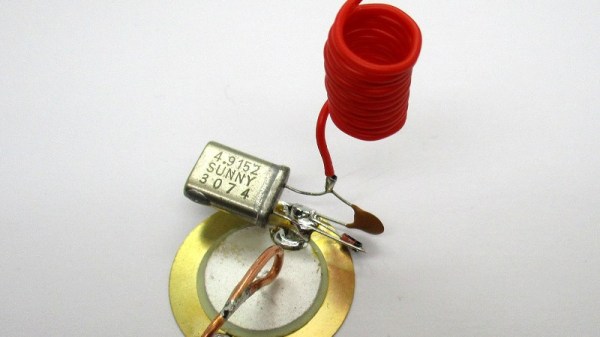[Prusa] have a number of announcements, and one of the more unusual ones is that liquid printing is coming to the Prusa XL. Specifically, printing in real, heat-resistant silicone (not a silicone-like plastic) is made possible thanks to special filament and a special toolhead. It’s the result of a partnership with Filament2, and the same process could even be used to print with other liquids, including chocolate.

The process is as unusual as it is clever. The silicone is a two-part formula, but there is no reservoir or pump involved. Instead, there are two filaments, A and B. When mixed, they cure into solid silicone.
What is unusual is that these filaments have a liquid core. Upon entering the extruder, the outer sheath is cut away, and the inner liquid feeds into a mini mixing nozzle. The nozzle deposits the mixed silicone onto the print, where it cures. It isn’t clear from the demo where the stripped outer casing goes, but we assume it must get discarded or is possibly stowed temporarily until it can be removed.
Liquid-core filament is something we certainly didn’t have on our bingo card, but we can see how it makes sense. A filament format means the material can be handled, fed, and deposited precisely, benefiting from all of the usual things a filament-based printer is good at doing.
What’s also interesting is that the liquid toolhead can co-exist with other toolheads on the XL; in fact, they make a point of being able to extrude silicone as well as the usual thermoplastics into the same print. That’s certainly a trick no one else has been able to pull off.
There are a few other announcements as well, including a larger version of their Core One printer and an open-source smart spool standard called OpenPrintTag, a reusable and reprogrammable NFC insert for filament spools that gives you all of the convenience of automating color and material reading without the subtle (or overt) vendor lock-in that comes with it.
Watch a demo of the new silicone extruder in the video, embedded just under the page break. The new toolhead will be 1,009 USD when it launches in early 2026.
Continue reading “3D Printering: Liquid-Filled Filament Was Not On Our Bingo Card”


















